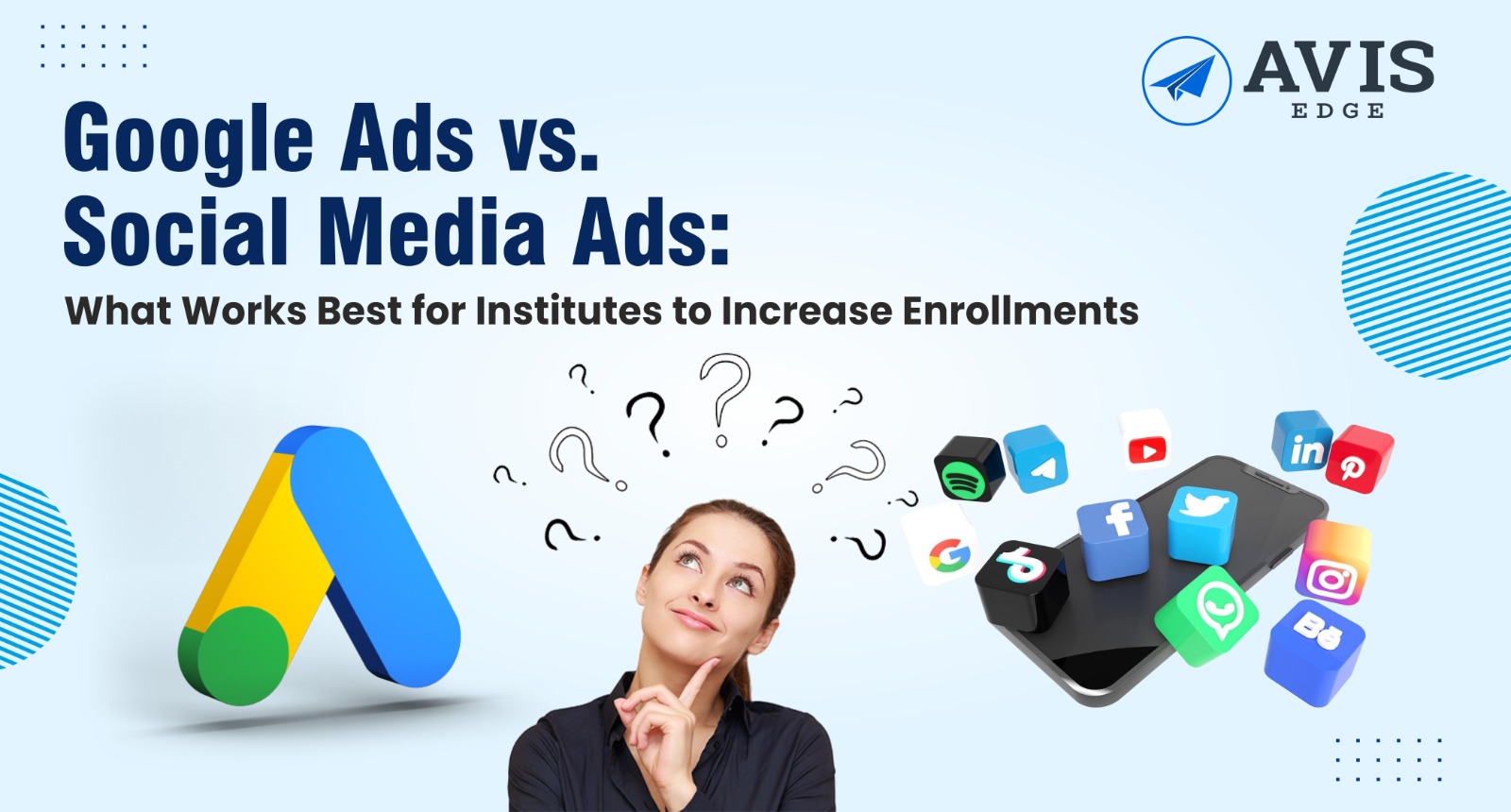
Introduction
In the ever-evolving landscape of higher education, universities face the challenge of engaging prospective students while differentiating themselves from competitors. As students increasingly rely on online resources to inform their decisions, content marketing has emerged as a powerful strategy for universities to build trust and credibility. By creating and distributing valuable, relevant content, institutions can connect with potential students throughout their decision-making journey. This blog explores how effective content marketing can enhance student engagement and drive enrollment.
The Importance of Content Marketing in Higher Education
Content marketing is not merely a trend; it is a strategic approach that addresses the changing ways students seek information and make decisions. Today's prospective students are inundated with options, making it essential for universities to stand out by providing authentic, informative, and engaging content. This approach allows institutions to create meaningful connections with students, showcase their strengths, and ultimately drive enrollment.
Building Trust and Credibility
One of the primary benefits of content marketing is its ability to establish trust and credibility with prospective students. By consistently delivering high-quality and informative content, universities can position themselves as thought leaders in their fields. This may include blog posts, videos, research publications, and student testimonials that highlight the institution's achievements, faculty expertise, and student success stories.
When prospective students perceive a university as a credible source of information, they are more likely to consider it as a top choice for their future education. Moreover, content that showcases the university's unique offerings—such as innovative programs or community involvement—can further strengthen its reputation.
Engaging Students Throughout the Decision-Making Process
Content marketing is particularly effective because it engages students at every stage of their decision-making process. Whether a student is just beginning to explore options or is in the final stages of selecting a university, well-crafted content can guide them through each step.
Awareness Stage
At the awareness stage, prospective students are seeking general information about their options. Universities can create blog posts addressing common questions like "How to Choose the Right College" or "What to Look for in a Degree Program." These articles should be optimized for search engines to increase visibility and attract organic traffic.
Consideration Stage
During the consideration stage, students are comparing institutions. Providing detailed program descriptions, faculty bios, and testimonials can help them evaluate their choices. Interactive content such as webinars or virtual Q&A sessions with current students or faculty members can also provide valuable insights.
Decision Stage
At the decision stage, personalized content becomes crucial. Universities can send targeted emails featuring specific programs that align with a student's interests or highlight scholarship opportunities that may influence their decision.
Key Strategies for Effective Content Marketing
To maximize the impact of content marketing efforts, universities should consider implementing the following strategies:
1. Develop a Clear Content Marketing Plan
A robust content marketing plan serves as the foundation for success. Begin by identifying institutional goals, target audience personas, and measurable outcomes. Align your content strategy with broader enrollment objectives to ensure consistent impact.
2. Create Diverse Content
Universities should produce various types of content to engage different audiences effectively. This includes blog posts, videos, infographics, podcasts, and social media updates that cater to various preferences. For example:
- Videos showcasing campus life or student testimonials.
- Infographics summarizing key statistics about program outcomes.
- Podcasts featuring discussions on relevant topics in higher education.
3. Leverage Social Media Platforms
Social media remains a powerful tool for connecting with prospective students. Tailor your approach based on each platform's strengths:
- Use Instagram for visual storytelling.
- Utilize LinkedIn for professional connections.
- Engage audiences on TikTok with creative short-form content.
Regularly posting engaging content on these platforms helps maintain visibility and fosters community engagement.
4. Engage Alumni and Current Students
Authenticity is key in content marketing. Featuring alumni and current students in campaigns provides relatable narratives that resonate with prospective students. Highlighting success stories or unique experiences can inspire potential applicants while showcasing the university's impact on individual lives.
5. Optimize for SEO
Search Engine Optimization (SEO) ensures that your content reaches the right audience. Conduct keyword research to identify high-impact terms relevant to your institution and optimize your content's metadata, headers, and internal links accordingly.
Measuring Success Through Analytics
To ensure that your content marketing efforts are effective, it's essential to track performance metrics regularly:
- Website Traffic: Monitor changes in website traffic resulting from specific campaigns or blog posts.
- Engagement Rates: Analyze social media engagement metrics such as likes, shares, comments, and click-through rates.
- Conversion Rates: Track inquiries, applications, and enrollments generated from your content marketing campaigns.
By leveraging analytics tools like Google Analytics or social media insights, universities can refine their strategies based on data-driven insights.
Overcoming Challenges in Content Marketing
While implementing a successful content marketing strategy can yield significant benefits, universities may face challenges such as limited resources or budget constraints. To maximize impact:
- Prioritize high-return initiatives that align with institutional goals.
- Explore cost-effective tools like AI for content creation or scheduling.
- Develop a content calendar to maintain consistency across platforms.
Conclusion: The Strategic Value of Content Marketing
In conclusion, content marketing is a powerful strategy for universities looking to engage with prospective students and drive enrollment. By understanding their audience's needs and preferences—creating diverse and optimized content—leveraging social media effectively—and continually measuring performance through analytics, universities can build strong connections with students while standing out in a competitive market.
At Avis Edge, we specialize in crafting tailored digital marketing solutions that help educational institutions thrive through effective content strategies.





